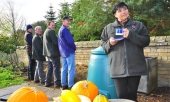
 2
2




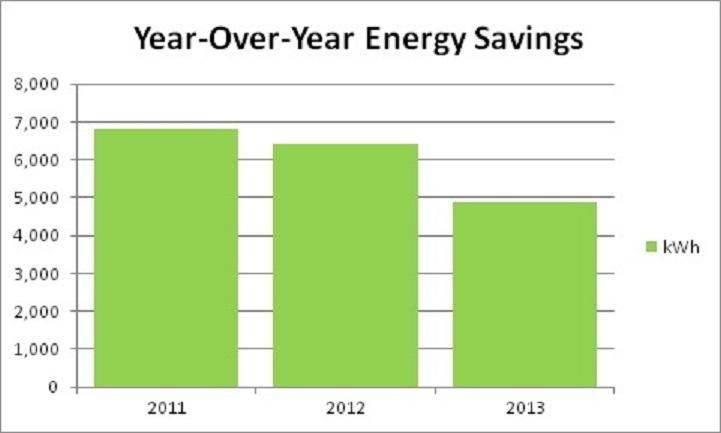
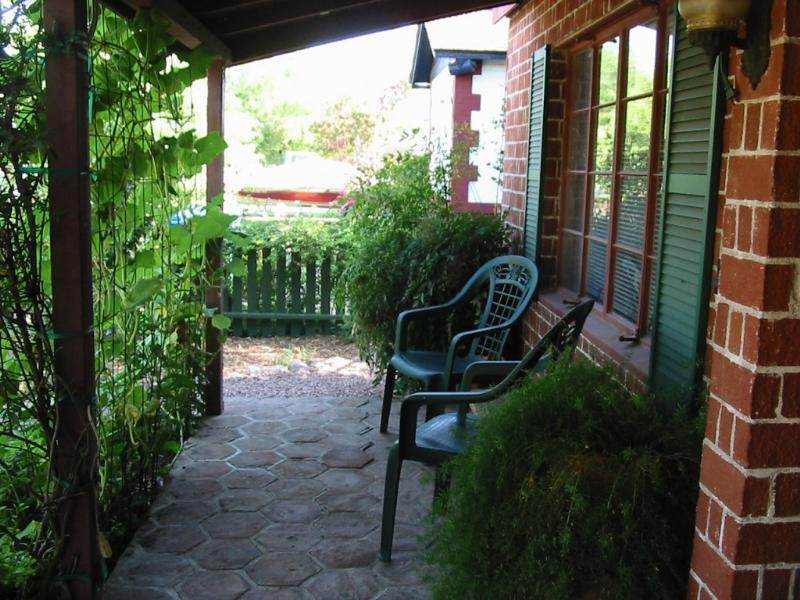
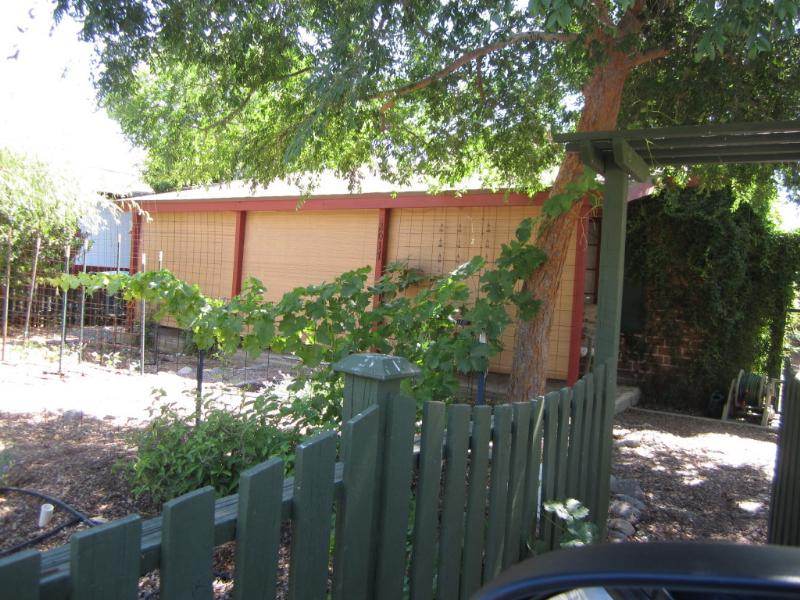

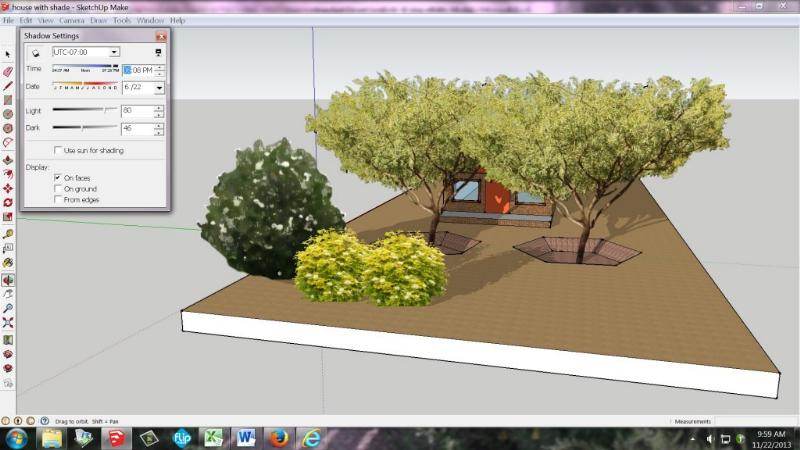
Subtropical desert (Köppen: BWh)
Elevation: 1090 ft Annual rainfall: 7"

 1
1




Owner, Etta Place Cider




Jennifer Wadsworth wrote:... I’m investing in a "hedge fund". What’s that you say? Yes - a hedge fund - basically some tall shrubs placed strategically along the inside of the fence surrounding the front of my property.
My project thread
Agriculture collects solar energy two-dimensionally; but silviculture collects it three dimensionally.




Cj Verde wrote:But really, have you picked your species yet?
Subtropical desert (Köppen: BWh)
Elevation: 1090 ft Annual rainfall: 7"
 1
1




Jennifer Wadsworth wrote:Last year we had one day when it got to 122 degrees - we also had 23 days of 110-118 degrees and another 70+ days of 100-109 degrees.
My project thread
Agriculture collects solar energy two-dimensionally; but silviculture collects it three dimensionally.




Cj Verde wrote:We had 10" of snow (more precip then you get all year?) and below 0°F temps the other day and now it's raining! Rain + ice = stuck at home. I think I'll update my project thread.

Subtropical desert (Köppen: BWh)
Elevation: 1090 ft Annual rainfall: 7"




Ann Torrence wrote:Awesome progress!
Background: my mother lives in Phoenix. We have tried to get her to flee, but she refuses.
I have often thought that a swamp cooler at her place, operated in the wee morning hours when the temp is below 95, could get her a bank of cold air to shut into the house by mid morning. The other benefit to a swamp cooler is that you run them with the windows open to encourage flow, at least where you want it, so you don't have to be shut in for months at a time. Swamp coolers are pretty useless over 95 and during the monsoon high humidity, but if you could get to below 80 by early morning, you could really dial back the evaporative system in the afternoon. It'd be another system to maintain, and not fancy enough for her neighborhood, but the numbers might crunch pretty well.
We had a swamp cooler in SLC, really didn't draw much power at all. Here we don't need much except more shade plants, in the works.
Subtropical desert (Köppen: BWh)
Elevation: 1090 ft Annual rainfall: 7"

|
To get a wish, you need a genie. To get a genie, you need a lamp. To get a lamp, you need a tiny ad:
The new gardening playing cards kickstarter is now live!
https://www.kickstarter.com/projects/paulwheaton/garden-cards
|

